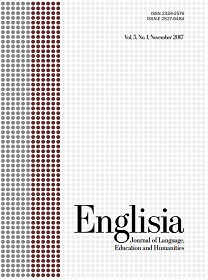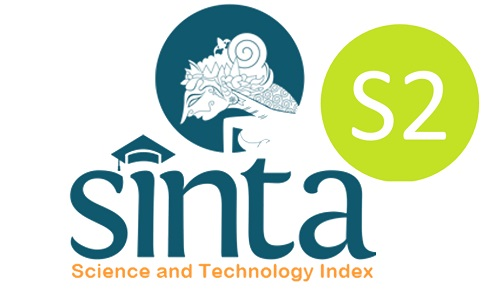CORRELATION BETWEEN ABILITY TO RECOGNIZE SENTENCE ERRORS AND ABILITY TO PRODUCE GRAMMATICALLY CORRECT UTTERANCES
DOI:
https://doi.org/10.22373/ej.v5i1.1662Keywords:
Error Recognition, Sentence ProductionAbstract
This article summarizes and reports an empirical study investigating students’ ability in recognizing grammatical errors and producing grammatically correct sentences. Thirty eight university students were involved in a set of grammar tasks which were specifically created to measure their ability to both identify errors and avoid them in language productions. The main purpose of the study is to prove whether their ability to pinpoint errors within sentences resembles their ability in producing grammatically correct sentences using the same features. The study also measures the appropriateness of the test items in order to see how it affects students’ performance. Final test data collected from the students in two different groups reveal that their ability to recognize sentence errors has positive correlation to their ability to produce correct sentences. The correlation figure among the more proficient students (group 2) is relatively larger, indicating that the amount of knowledge on relevant features positively influences, to a certain extent, the quality of language production and responses.Downloads
References
Bachman, L. F., & Palmer, A. S. (1996). Language Testing in Practice: Designing and Developing Useful Language Tests: OUP Oxford.
FCIT. (2016). Classroom Assessment. Retrieved 10 January 2016, from http://fcit.usf.edu/assessment/selected/responsec.html
Kuncel, N. R., & Sackett, P. R. (2014). Resolving the assessment center construct validity problem (as we know it). Journal of Applied Psychology, 99(1), 38.
Lee, H., & Winke, P. (2013). The differences among three-, four-, and five-option-item formats in the context of a high-stakes English-language listening test. Language Testing, 30(1), 99-123.
Matlock-Hetzel, S. (1997). Basic Concept in Item and Test Analysis. Retrieved 10 January, 2016, from http://ericae.net/ft/tamu/Espy.htm
Messick, S. (1989). Meaning and values in test validation: The science and ethics of assessment. Educational researcher, 18(2), 5-11.
Read, J. (2015). Assessing English Proficiency for University Study: Palgrave Macmillan.
Rogers, W. T., & Harley, D. (1999). An empirical comparison of three-and four-choice items and tests: susceptibility to testwiseness and internal consistency reliability. Educational and Psychological Measurement, 59(2), 234-247.
Zheng, Y., & De Jong, J. (2011). Research note: Establishing construct and concurrent validity of Pearson Test of English Academic: Pearson Academic Ltd.
Downloads
Additional Files
Published
Issue
Section
License
Proposed Policy for Journals That Offer Open Access
Authors who publish with Englisia journal agree to the following terms:
- Authors retain copyright and grant the journal right of first publication with the work simultaneously licensed under a Creative Commons Attribution License that allows others to share the work with an acknowledgement of the work's authorship and initial publication in this journal.
- Authors are able to enter into separate, additional contractual arrangements for the non-exclusive distribution of the journal's published version of the work (e.g., post it to an institutional repository or publish it in a book), with an acknowledgement of its initial publication in this journal.
- Authors are permitted and encouraged to post their work online (e.g., in institutional repositories or on their website) prior to and during the submission process, as it can lead to productive exchanges, as well as earlier and greater citation of published work (See The Effect of Open Access).









